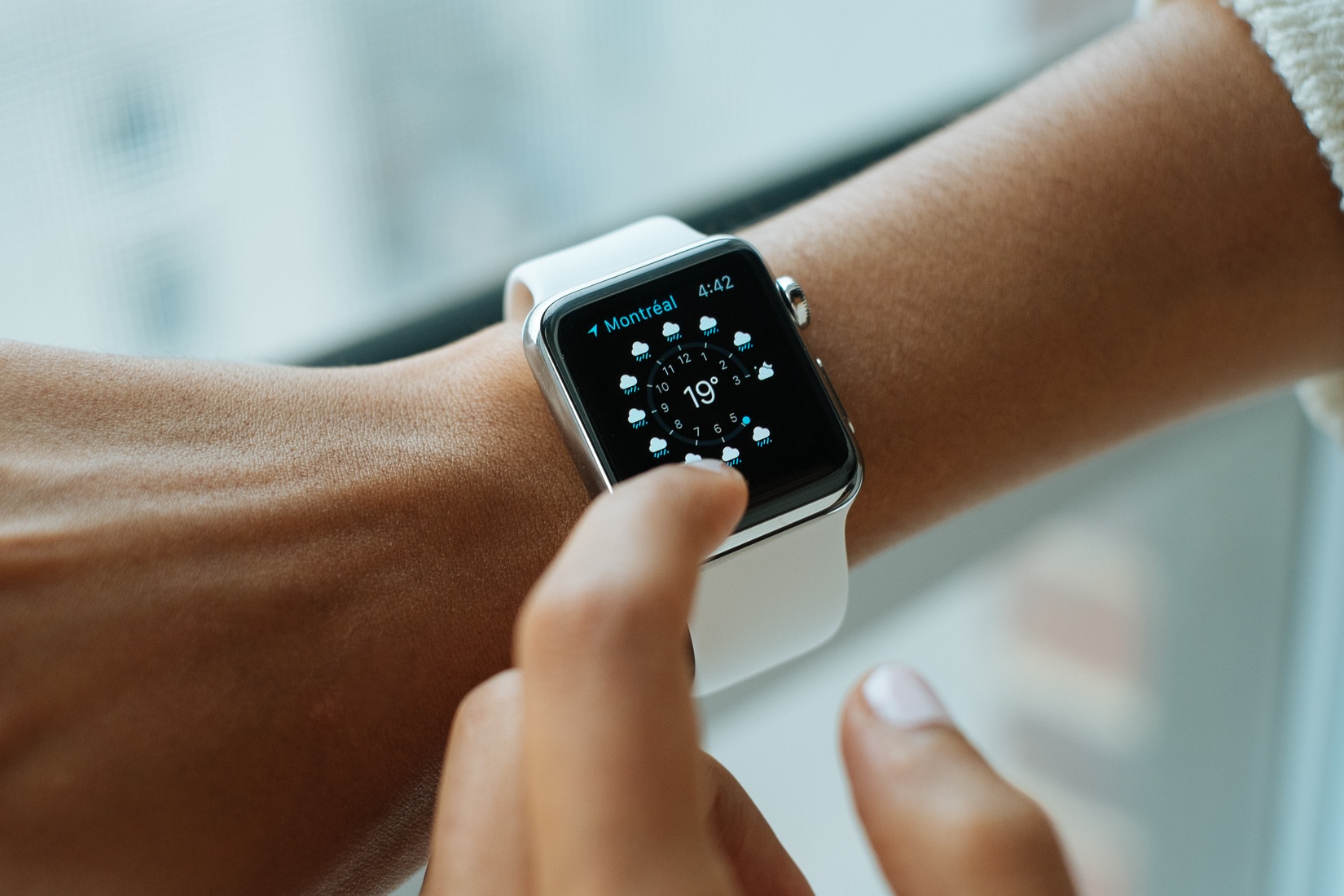Posts by Luke McDonald
Share a little biographical information to fill out your profile. This may be shown publicly.



Emission nebulae often have dark areas in them which result from clouds of dust which block the light. Many nebulae are made up of both reflection and emission components.
Astrophotography is a specialized type of photography for recording images of astronomical objects and large areas of the night sky. The first photograph of an astronomical object (the Moon) was taken in 1840.
An emission nebula is a nebula formed of ionized gases that emit light of various colors. The most common source of ionization is high-energy photons emitted from a nearby hot star. Among the several different types of emission nebulae are H II regions, in which star formation is taking place and young, massive stars are the source of the ionizing photons; and planetary nebulae, in which a dying star has thrown off its outer layers, with the exposed hot core then ionizing them. …

A smartwatch is a computerized wristwatch with functionality that goes beyond timekeeping. While early models can perform basic tasks, such as calculations, translations, and game-playing, 2010s smartwatches are effectively wearable computers. Many run mobile apps, using a mobile operating system. Some smartwatches function as portable media players, with FM radio and playback of digital audio and video files via a Bluetooth or USB headset. Some models, also called ‘watch phones’, feature full mobile phone capability, and can make or answer phone calls or text messages.
While internal hardware varies, most have an electronic visual display, either backlit LCD or OLED. Some use transflective or electronic paper, to consume less power. Most have a rechargeable battery and many have a touchscreen. Peripheral devices may include digital cameras, thermometers, accelerometers, altimeters, barometers, compasses, GPS receivers, tiny speakers, and SD card (that are recognized as a storage device by a computer).
Software may include digital maps, schedulers and personal organizers, calculators, and various kinds of watch faces. The watch may communicate with external devices such as sensors, wireless headsets, or a heads-up display. Like other computers, a smartwatch may collect information from internal or external sensors and it may control, or retrieve data from, other instruments or computers. It may support wireless technologies like Bluetooth, Wi-Fi, and GPS. For many purposes, a “wristwatch computer” serves as a front end for a remote system such as a smartphone, communicating with the smartphone using various wireless technologies. Smartwatches are advancing, especially their design, battery capacity, and health related applications.